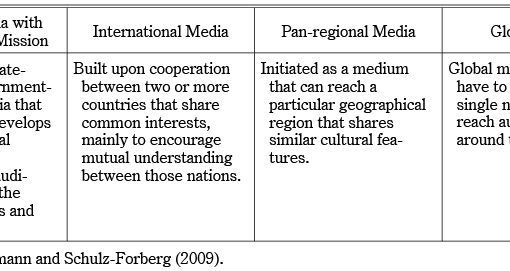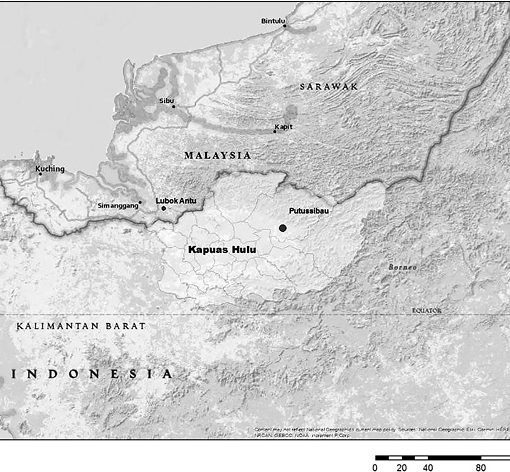Contents>> Vol. 9, No. 3
In the Name of the Nation: India and Its Northeast
Sanjib Baruah
Stanford: Stanford University Press, 2020.
The Indian Northeast is one of the most complex regions of the subcontinent culturally and geopolitically. Not only foreigners but also Indians from the rest of the country find it difficult to understand its historical and political space. Unlike other parts of India, however—and despite the international implications of the territorial disputes between China and India—the geopolitical and historical complexities of this region have not attracted enough attention from the major international media. Arunachal Pradesh, the most evident example of Indo-Chinese territorial disputes, is still at the center of a long dispute—together with other areas along the Line of Actual Control, particularly Aksai Chin—that resulted in a war in 1962 with the People’s Republic of China, which considers it part of Tibet.1) Sanjib Baruah’s text proposes various readings of the difficulties and complexities of the region. The author provides a series of interpretations along with facts, anecdotes, and opinions that are of great help to the political scientist as well as to the historian who wants to look at the recent evolution of the Northeast in a broader perspective.
In the first chapter, “The Invention of Northeast India,” the author challenges the very concept of the Northeast, understood as—citing Anssi Paasi—“‘ad-hoc spatial units’ put together for mundane administrative reasons or for purposes of economic planning” (p. 25). The text quickly reconstructs the region’s main geographical, economic, and demographic characteristics. Baruah provides a historical perspective to the construction of the definition of the Northeast, starting in the colonial era as the frontier of the empire, highlighting the difficulties faced by a frontier territory. He emphasizes the difficulties amplified by the international framework, by the ethnic-cultural as well as political-administrative mosaic of the Excluded Areas, Partially Excluded Areas, and Tribal Areas of Assam. A part of the chapter is dedicated to the Nepalese presence in Bhutan, “a legacy of the informal empire” (p. 36). The author outlines the region’s problems after India’s independence, particularly those concerning the continuity of its historical path. He discusses the beginning of the fragmentation of Assam, with the birth of Nagaland, and the construction of the Northeast “as a region with its peculiar governance structure” (p. 44).
The second chapter, “Partition’s Long Shadow: Nation and Citizenship in Assam,” deals with the legacy of the partition of India, particularly the not very well known issue of migration from East Bengal to Assam, which began in colonial times and continued even after independence, creating demographic pressures. A bitter issue that remains at the center of political debate, both local and national, is the citizenship of these migrants. The difference in treatments reserved for Muslim and non-Muslim immigrants was, in fact, at the center of the controversial Citizenship Amendment Bill, which led to widespread protests primarily in the Northeast in 2019.
The third chapter, “Development and the Making of a Postcolonial Resource Frontier,” deals with the relationship between natural resources and human presence, with particular attention on tribal groups and immigrants, within the complex framework defined by the delicate environmental balance. The Northeast, in this context, is defined by the author as “the perfect example” of “both a settlement and a resource frontier” (pp. 76–77). The Northeast shows its peculiarities, such as in Meghalaya (a state that is given particular attention in the chapter), where “the person who controls the surface land owns the mineral wealth,” while in “India’s other mining regions . . . mineral rights lie with the state” and “not with the land owner” (pp. 80–81). Legal and social issues, as Baruah explains, have a direct impact on the social and cultural balance of tribal groups, particularly the “use” that can be made of the very definition of the word “tribe” as well as the risks and violence related to the mining industry (coal) and migratory flows.
The text continues with a chapter dedicated to “The Naga Conflict,” analyzing in detail Nagaland’s nationalism and independence, its cultural and identity space, as well as its legal problems, conflict and the peace process, and contradictions. Baruah tackles the question first on a historical level, quickly introducing the reader to the different movements and events of Naga separatism since 1947. However, the author also explains problems relating to the exact definition of Naga and the development of the concept of “nation.” In particular, referring to the historian John Thomas, he analyzes the connection between national sense and religious dimension. Beyond the identity issues, the legal and administrative problems that surround the status of Nagas in their relationship with New Delhi are dealt with, as well as the projection of the problems beyond the borders of Nagaland to the space of “Nagalim.”
The penultimate chapter focuses again on Assam, particularly its separatist conflict but specifically the reaction to it. In 1990 Assam, as Baruah points out, was defined as a “disturbed area.” The state was therefore subject to the provisions of the Armed Forces Special Powers Act (AFSPA), with the simultaneous ban of the United Liberation Front of Assam. Baruah underlines the contradictions of the military action, denounces the tragedies and bitterness that his state has been subjected to, and denounces the problems in the attempted pacification implemented by the government: “[E]ven the government’s approach to peace began to be significantly shaped by the army’s counterinsurgency doctrine” (p. 130). It should be emphasized that Baruah throughout the book repeatedly criticizes the use of the term “insurgency” to describe the conflicts in the region. Thus, the author challenges a substantial part of the political-military discourse around the crisis. Even in this crisis, migration has played a role.
The last chapter, “The Strange Career of the Armed Forces Special Powers Act,” is dedicated to the AFSPA, which several areas in the Indian Northeast are still subject to. The criticism of the AFSPA, and therefore of the unscrupulous deployment of the army rather than the normal police force, is summarized thus by Baruah: “AFSPA provided legal cover for some of the most repressive methods available in the repertoire of counterinsurgency used against Nagas and Mizos, including village regrouping” (p. 159). The chapter is a broader analysis of the use, as well as abuse, that has been made of the tools available by law in the region with the exception of Sikkim. Abuses continue to emerge even after several years, such as a particularly painful case mentioned in the conclusion of the book. The issue remains an open wound in the debate on Indian democracy, witnessed by Irom Sharmila’s hunger strike and other widespread stances and protests by civil society, not only in the Northeast. Baruah is pessimistic about the possibility of reform, particularly after the electoral success of the Bharatiya Janata Party, whose position is actually not so different, in historical memory and as the author himself well recalls, from that of Congress while the latter was ruling the country.
The book, as seen, addresses several central questions on a historical level as well as on current political debate in India. It outlines specific as well as the most painful, bitter, and controversial political and cultural issues. The conflicts that have bloodied the region occupy a substantial part of Baruah’s intellectual effort. Very little space is given to Sikkim, which although officially part of the North Eastern Council remains somewhat different. The small state, an exception within an exception, defines its identity on a unique historical path, culturally anchored in the Tibetan world and politically oriented toward different models of development and environmental sustainability.2)
The political and geopolitical issues at the center of the book often result in armed violence. The issues analyzed in this book not only afflict the Northeast but also serve the author as sources for analyzing and understanding the region. For this reason, Baruah’s book, which addresses these issues as different threads of the same fabric, outlines the region itself. It provides the political scientist with reflections on the singularity, or rather the “singularities,” of the area. At the same time, it provides the historian who wishes to study the region both in the colonial era and in the period after independence with a series of opinions that can help put events in a broader perspective. Baruah pays close attention to the many legacies of colonialism that continue to be a heavy burden on the cultural and social growth of the region. These colonial legacies still corrode the region’s relationship with the rest of India, including the deployment of the army in the region. The army, however, acts as a counterpart to a renewed democratic conscience. According to the author, the challenges of the region have to act as a stimulus to improving and reforming Indian democracy. The issues highlighted in the book can also provide an opportunity to define new forms of participation, autonomy, and citizenship that would involve a recognition of the Northeast “as a true part” (p. 193) of the country.
Scholars of Southeast Asian history and politics will find much of interest in this work on a region that has historically been the geographical and cultural hinge between the Indian subcontinent and Mainland Southeast Asia. The analyses presented here of problems relating to the environment, inter-ethnic and inter-religious issues and the legacies of colonialism can facilitate potentially constructive comparative study. Its findings on the challenges of Indian democracy in this region can, moreover, provide useful insights to those who study democratic institutions and processes of democratization across the broader region.
Matteo Miele
Center for Southeast Asian Studies, Kyoto University
Reference
Rao, P. R. 1972. India and Sikkim, 1814–1970. New Delhi: Sterling Publishers.
1) Following the 1962 war, the Chinese gained control of Aksai Chin, considered by New Delhi to be part of Ladakh.
2) Sikkim was an independent kingdom under first British and then Indian suzeraineté. On British and Indian relations with the kingdom see, inter alia, Rao (1972).
DOI: doi.org/10.20495/seas.9.3_476




